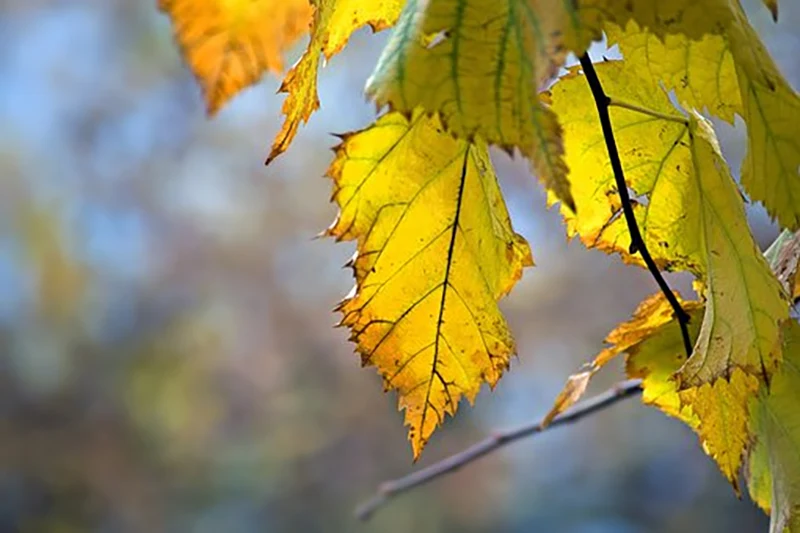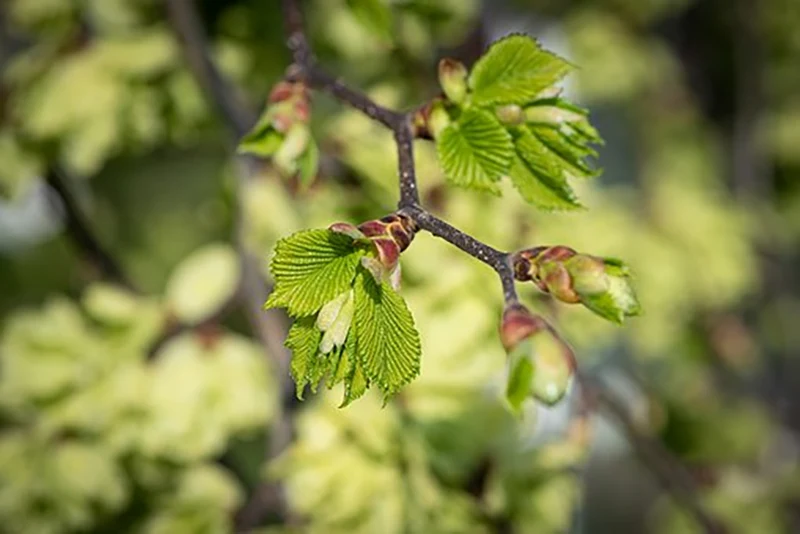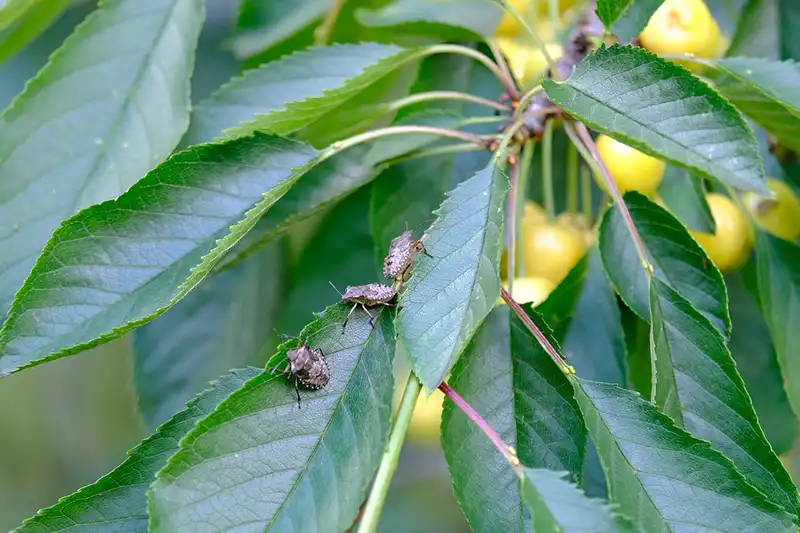Common Chinese Elm Bonsai Tree Problems: Pests and Diseases
Many historians are of the opinion that Bonsai trees have their origins in China as long ago as 1,000 BC. These ornamental plants spread from China to Japan and Korea, where the first artistic representation of a growing Bonsai appeared in the 12th century. Today Bonsai cultivation is a worldwide phenomenon, with the Chinese Elm (Ulmus parvifolia), which is indigenous to indigenous to China and south-east Asia.
It’s one of the most popular types of Bonsai that are widely available. However, as with all species of plants, the Chinese Elm can be predated on by insects, as well as suffering from a number of diseases. Here are some hints and tips to ensure that your Chinese Elm remains healthy in the face of some common pests and other harmful conditions.
General Care
Chinese Elms are more susceptible to pest infestations and disease when they are not in perfect health. Chinese Elm Bonsai owners should take care to spray regularly with a contact insecticide applied to both the root system and foliage. Applying treatments to the root system is particularly useful because it is then spread throughout the sap stream to all areas of the plant.
Plants that are not in perfect health can be subject to pest infestation and various types of mildew, rust, and black spot. Often you can prevent these conditions by ensuring that you treat Chinese Elmwith a liquid fertilizer that contains important trace elements, such as magnesium, manganese, or iron, as well as Zinc. A lack of these essential nutrients can cause leaf discoloration, stunt leaf growth, or increase the plant’s susceptibility to disease.
Fungus Infestation
There are several types of fungus that can affect the general health and appearance of Chinese Elm Bonsai. Leaf spotting (Black and Brown Spot) is a common problem and can be the result of overwatering. If too much water remains on the leaves for an attended period this can result in leaf dropping. The problem can usually be addressed by limiting watering to mornings so that they can gradually dry out during the day. Chinese Elm owners should also make sure to clean fallen leaves from around the tree.
It is also extremely important that the pot is well-drained to promote the runoff of excess water.
Persistent Black and Brown Spot can usually be addressed through the use of a fungicide.
Rust is the result of the fungal propagation of spores on the underside of the leaf. Once again, the problem can be addressed by removing the affected leaves and applying fungicide. Owners should also ensure that there is sufficient air circulation around the plant.
Mildew
Powdery mildew also thrives in damp conditions, and poor air circulation stimulates its growth. Owners may notice a white, powdery mold on leaves where mildew is present. Damage to the plant is caused by the mildew extracting sap from the Chinese Elm Bonsai, affecting its general health and appearance. Mildew is highly resistant to the application of fungicide. Although a topical fungicide can help, often the only effective treatment is to trim back the affected leaves.
Root Rot
Overwatering can result in a yellowing of the leaves and force the Bonsai to drop large numbers of leaves in order to conserve resources. Both overwatering and under watering (which causes the root system to become damaged due to dryness). Ensure that a proper watering regime is followed.
Aphids
Sooty mold is a dark, often black mold that can be rubbed off. This is caused by insects (like aphids) that leave sugary excretions (Honeydew) which then grows mold. Aphids such as blackfly, greenfly, and whitefly can cause severe damage to a Chinese Elm Bonsai. These aphids suck on the sap of the Bonsai and reduce the number of nutrients that are available for proper, healthy growth.
Often these insects are herded by ants. The mold does not affect the health of the Bonsai directly, although it can block out sunlight and reduce resistance to disease and lead to weak growth. It can also be a sign that the tree has insect problems. The application of an insecticide may be required. It may also help to gently wash the leaves with a mild detergent and wipe them down.
It is also possible to manually remove the aphids by simply using tweezers to lick them off the Bonsai.
In addition to topical treatment, Chinese Elm Bonsai owners may find that an investment in a Plant Invigorator may help the Bonsai resist predation by aphids. This simple spray-on application can enhance tree growth, condition Bonsai leaves, control humidity, and deter pests such as aphids.
Scarid Flies
Scarid flies are a relatively common problem for house plants. These greyish-brown flies (and their white larvae) live on the surface of the soil, and fortunately, do no harm to the Bonsai. Ensure that the soil is not overwatered, and the problem should disappear. Many people find the presence of the flies annoying – in that case, spray with a Bonsai-friendly insecticide.
Red Spider Mites
Mealy Bugs and Scale Insects
Mealy Bugs are white insects that resemble small Woodlice. They suck sap and stunt the tree’s growth. Leaves may also turn yellow. An insecticide soil drench will usually prevent them from doing further damage to the Bonsai. Scale insects are the favorite prey of Ladybugs – however, if there is a lack of these predators, then insecticide soil drench can help; however, there have been reports that this treatment is not as effective as it has been in the past. An alternative is to pick them off by hand.
A Healthy Bonsai is a Happy Bonsai
The key to effective Bonsai care is to ensure that the Bonsai is in prime condition. A healthy plant is usually highly resistant to pests and disease. It is also worth noting that some Chinese Elm Bonsai owners are turning to gentler, more eco-friendly insecticides. It may be worth turning to these before choosing options that contain harsh chemicals.






